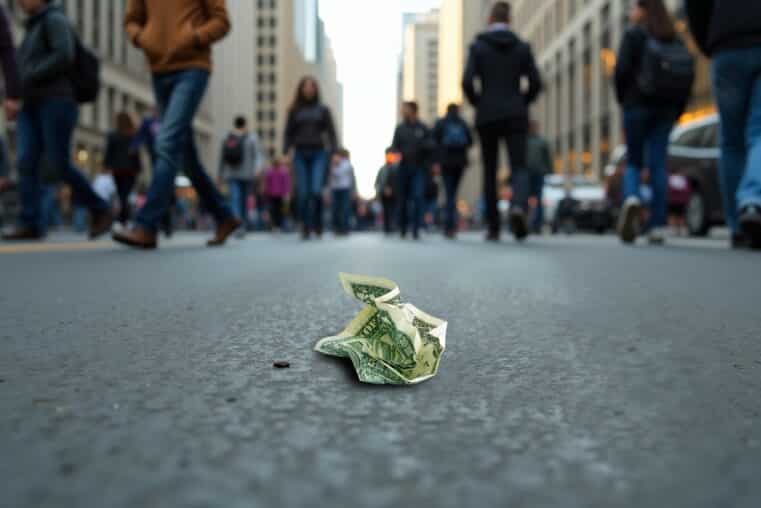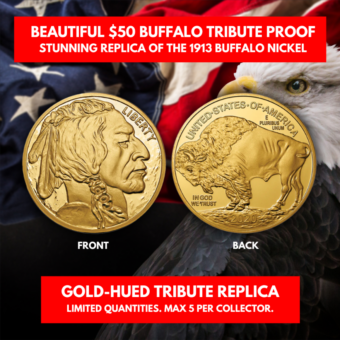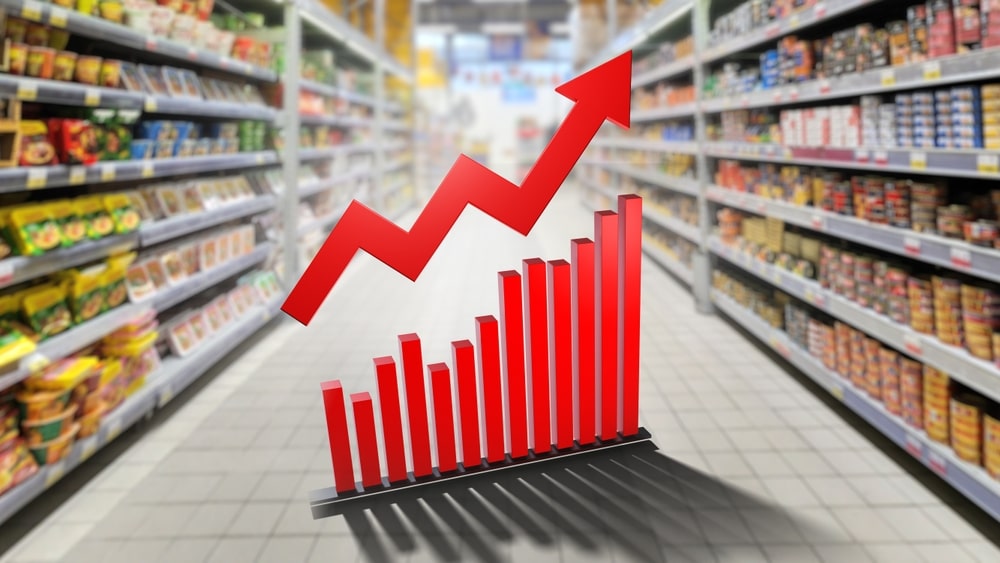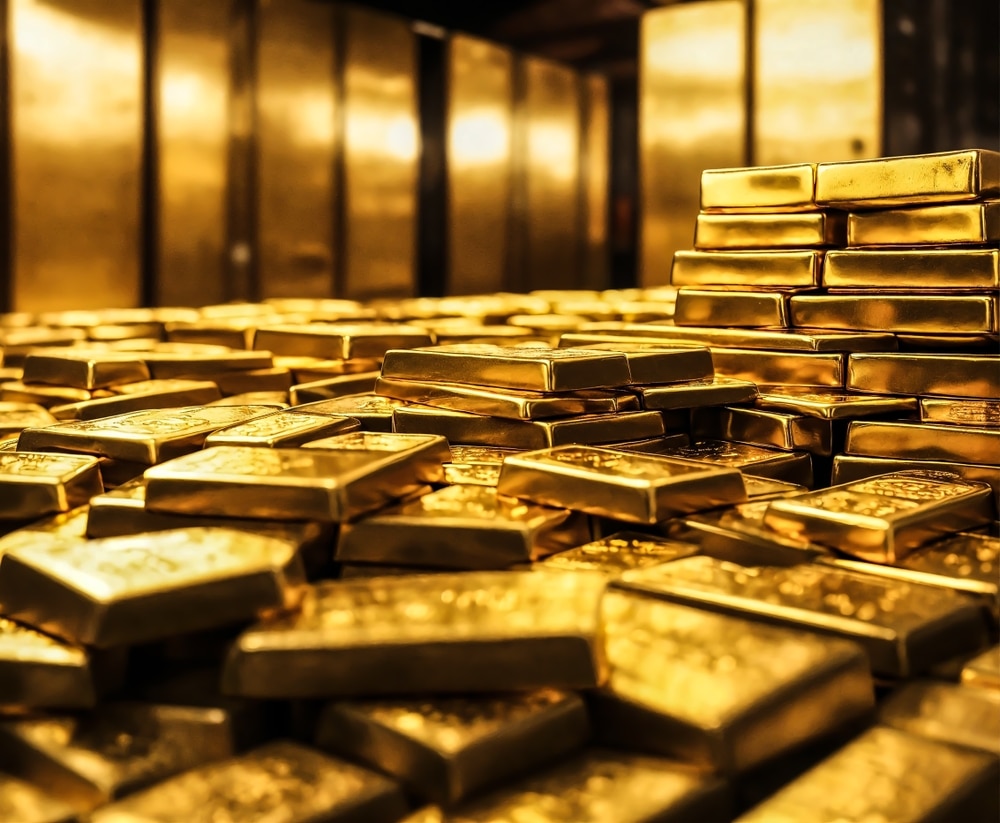
Silver: More Upside Than Downside Risk in 2018
May 2018 will mark a milestone for the US should the current bull market continue: it will be the second longest economic expansion since WWII.
Equities are in record territory. The markets are already pricing in earnings--assuming they will meet or exceed expectations--as well as low rates. And several banks are wagering that the likelihood of a recession remains low, around 20%.
Yet too many investors, these three factors--stocks at record highs + perfect earnings expectation + low rates expectation--indicate the possibility that equities have more downside than upside risk.
Should history repeat itself, this scenario indicates that investors may once again be looking to hedge their exposure, and that means purchasing gold and silver.
Gold has been rising while silver continues to underperform. And the gold/silver ratio continues to expand--now at 75-to-1--far beyond its original ration of 15-to-1 and its century-long average of around 47-to-1. This potentially makes silver the precious metal to watch for 2018.
According to TD Securities, their recommendation is to go long silver, projecting more than a 17% gain for next year. Also bullish in gold, the bank’s analysts nevertheless see more volatility and upside potential in silver: “Underperforming silver is set to shine as gold improves amid still low real rates, firm demand, weak supply and higher [volatility],” they said.
The project, in the last two quarters of 2018, for gold to reach $1,300/oz and for silver to reach a$19.25/oz. Their projections rest on a fundamental assumption of a weaker US dollar and fewer rate hikes:
“Based on the recent Fed trend of continually dropping its dot plot estimates and ongoing concerns that their models may be misspecifying inflation, there is a good chance that the world will get less than the four cited rate increases over the next twelve months...This could, in turn, lead gold traders to speculate that the FOMC may lower its terminal rate projections down from the current 2.75 percent, as low inflation would require low real interest rates.”
But another bullish indication for silver is to be found in its state of decreasing production.
In short, production has been falling. If the trend continues, the world mine supplies will fall by 40 to 50 million ounces.
Factor in the extent to which world economies are propping themselves up by printing money, trading derivatives, and taking on massive loads of debt. What will happen when this artificial wealth system collapses, taking down economies across the globe?
One thing that will happen is that base metals demand, and its production will grind to a halt. The issue with this latter point is that, unbeknownst to many, a good 58% of the world’s silver is a byproduct of base metals (copper, lead, and zinc).
So when base metals mining slows to a stop, so too will silver. And as the world’s markets and economies crash, the slowdown in silver will be met by a massive surge in silver demand.
Those who are positioned to benefit from this event will be the most fortunate.












